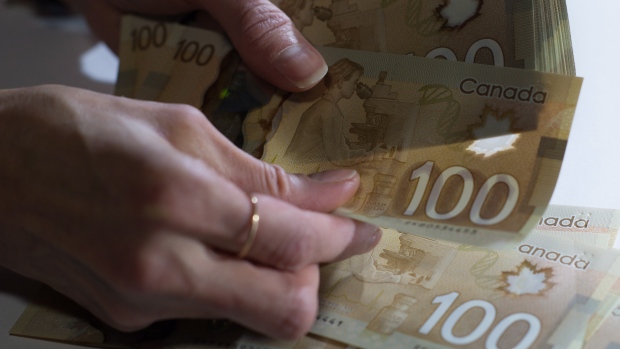Jan 10, 2020
6 questions to ask yourself before investing your TFSA contribution
By Dale Jackson

If you’re one of the millions of tax-free savings account (TFSA) holders who have managed to squirrel away some 2020 contribution cash over the holidays, congratulations.
With an additional $6,000 in contribution space as of Jan. 1, you can avoid paying tax on any investment gains. The only question is: what should you invest in to generate those gains? Here are six questions to ask yourself before hitting the buy button.
1. When will I need it? Choosing how to invest your TFSA contribution greatly depends on when you will need the cash. This is known as your time horizon. Another great thing about a TFSA (aside from its tax-free status) is cash can be withdrawn at any time. It’s just important to keep in mind that if you max out your 2020 contribution space, you need to wait until 2021 to redeem it.
TFSAs can be used for long-term retirement goals or short-term savings goals, and that makes them ideal for long-term conservative investments or short-term risky investments. If you choose the latter, be sure to also ask yourself if you can deal with a short-term loss.
2. How does it fit into my portfolio? Review the holdings already in your TFSA, registered retirement savings plan (RRSP), defined contribution pension, or any other investment account. Lean toward sectors, geographic regions or risk levels that are under-represented. If your combined portfolio is already diversified, consider topping up investments you like – especially if they are down.
3. What do I invest in? Like an RRSP, tax-free savings accounts allow you to invest in just about anything including stocks, bonds, mutual funds, exchange-traded funds (ETFs), and options. You can even trade in U.S. dollars if you want a truly international component. If your TFSA is maxed out, consider leaning toward bonds or other fixed-income products. The income they generate would be fully taxed outside a TFSA, compared with stocks, where you only have to pay tax on half of the gains made outside of a registered account.
4. How much should I spend on a single investment? It depends on the investment. Experts recommend keeping stock purchases below 10 per cent of the overall portfolio so a loss will have a limited impact and a gain will help lift it. You can take a bigger proportional position in mutual funds or ETFs since they have several holdings. Speaking with a qualified investment advisor might help you decide.
5. What about fees? Fees are always important because whatever you pay is that much less than what can be invested and compounded over time. As a general rule, stock purchases generate a one-time fee, and ETFs charge an additional annual fee based on the percentage of the amount invested. Mutual funds impose annual fees as high as four per cent, which can really eat into your returns. The investment industry is always coming up with new ways to sneak fees by investors, so it’s a good idea to contact the institution you deal with for a clear explanation.
6. Can I keep it in cash? Yes, you can, but that’s where the name of the TFSA can be deceiving. If you save but don’t invest your money in a TFSA, its tax-free status is lost because it only applies to investment gains. The financial institution you deal with will pay a token amount of interest on cash balances, or you can make a pittance in a money market fund, but the tax savings are so small that your money will only be taking up potentially useful space in your TFSA.
Payback Time is a weekly column by personal finance columnist Dale Jackson about how to prepare your finances for retirement. Have a question you want answered? Email dalejackson.paybacktime@gmail.com.







